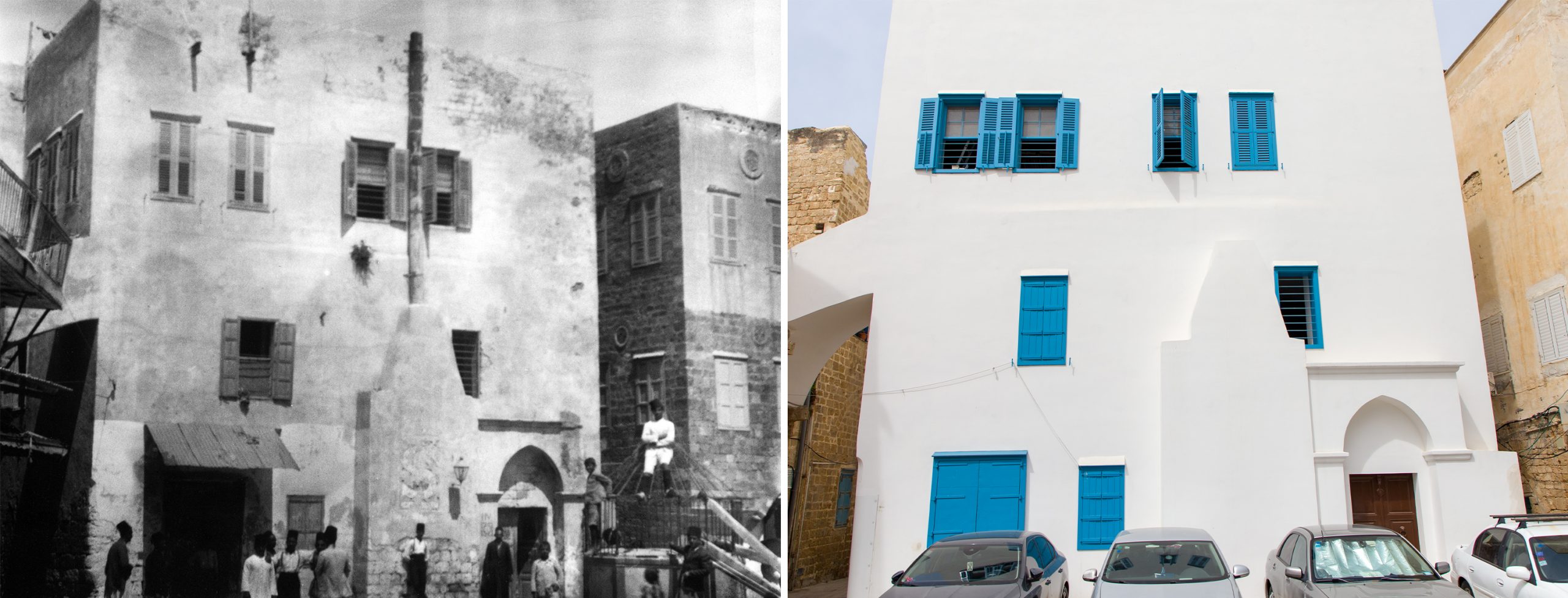The recent completion of the restoration of the House of Abbud marks a momentous chapter in the narrative of Baha’i history, a journey deeply intertwined with the spiritual essence of the Faith. This sacred edifice, a hallowed sanctuary for generations, serves as a poignant metaphor for resurrection—an emblematic revival that resonates with the Baha’i principle of renewal and transformation.
Nestled in the heart of Haifa, the House of Abbud stands as a bastion of historical significance, radiating the essence of a rich spiritual legacy. Its walls, once tired and diminished, now breathe anew through a meticulous restoration process that honors both the architectural heritage and the profound spiritual truths encapsulated within. The structural integrity restored through such an endeavor becomes a physical manifestation of the vibrancy of the Baha’i teachings, inviting followers and visitors alike to engage with a space steeped in significance.
To comprehend the magnitude of this restoration, one must appreciate the history interwoven into the very fabric of the House of Abbud. Built in the late 19th century, this residence was inhabited by a prominent Baha’i family, the Abbud family, who played a pivotal role in the blossoming of the Faith during its formative years. As the epicenter of the Baha’i community in the region, it served not only as a dwelling but as a locus of spiritual activities, a venue for pivotal gatherings, and a sanctuary for reflection. This enhances the intrinsic value of the restoration; it is not merely an architectural revival, but a revival of communal memory, a reawakening of the ideals and teachings that permeated its halls.
Metaphorically, the restoration represents a phoenix rising from its ashes, embodying the Baha’i principle of unity and the continuity of faith. Each chiseled stone and carefully painted wall now reflects a contemporary commitment to preserving the past while enacting a vision for the future. This duality forms a compelling narrative that speaks not only to followers of the Faith but to humanity at large. The house, now resplendent in its restoration, epitomizes the unwavering spirit of the Baha’i community—a testament to how collective action can lead to profound transformation.
Moreover, the restoration process was not a mere technical endeavor but a confluence of artistry and craftsmanship, meticulously planned and executed by experts who understood the importance of fidelity to the original design while embracing modern conservation techniques. By marrying the old with the new, the project illustrates a profound respect for tradition, showcasing the diverse tapestry of human creativity that is integral to the Baha’i ethos. This approach not only safeguards the building’s structural integrity but also preserves the quintessential aesthetic that captures the cultural essence of its era.
The completion of the House of Abbud’s restoration invites contemplation on the themes of sacredness and reverence that permeate the Baha’i teachings. The building is not merely a physical space; it is a hallowed ground imbued with the spiritual vibrations of countless prayers, discussions, and transformations that have occurred within its walls. As a focal point for reflection and community gatherings, the restored house now beckons both Baha’is and seekers alike to step inside and immerse themselves in an environment dedicated to the pursuit of knowledge, understanding, and unity. It serves as a microcosm of the larger Baha’i mission to promote fellowship among diverse peoples and beliefs, accentuating the importance of inclusivity in an increasingly fragmented world.
The restoration also unfolds a narrative of environmental stewardship, reflecting the Baha’i teachings which emphasize the harmony between humanity and nature. Sustainable practices were incorporated into the restoration, underscoring the commitment to respecting the ecological integrity of that which is naturally beautiful. The resplendent gardens surrounding the House of Abbud now boast an array of flora that harmonizes with the structure, inviting contemplation and tranquility. This is a rite of passage for both space and its beholders, inviting a deeper connection to the earth and a reverence for the divine artistry present in nature.
In fostering a dialogue with its visitors, the House of Abbud stands as a beacon of hope and peace, bridging gaps between cultures and ideologies through shared experiences. It epitomizes the very tenets of Baha’i teachings—love, unity, and the pursuit of knowledge—as well as the imperative to engage with the world in a spirit of compassion and understanding. Through the dedication to this restoration, a broader narrative emerges, one that calls for reawakening and revitalization not only of a building, but of the collective human spirit.
As this sacred place welcomes visitors, it invites all to participate in the ongoing story of spiritual awakening and community. The House of Abbud, in its restored glory, becomes a living symbol of the Baha’i teachings, a harbinger of transformation, and an invitation for all to partake in the exploration of profound truths that unite all of humanity.
In conclusion, the restoration of the House of Abbud transcends mere historical preservation; it is a manifestation of the enduring spirit of the Baha’i Faith. Much like the restorative process, the teachings of Baha’u’llah focus on the possibility of renewal and the potential for positive change in the human condition. The completion of this restoration is not just an end, but rather a transformative beginning—an opportunity for deeper connection, a celebration of shared heritage, and a dedicated call towards a future full of promise.
